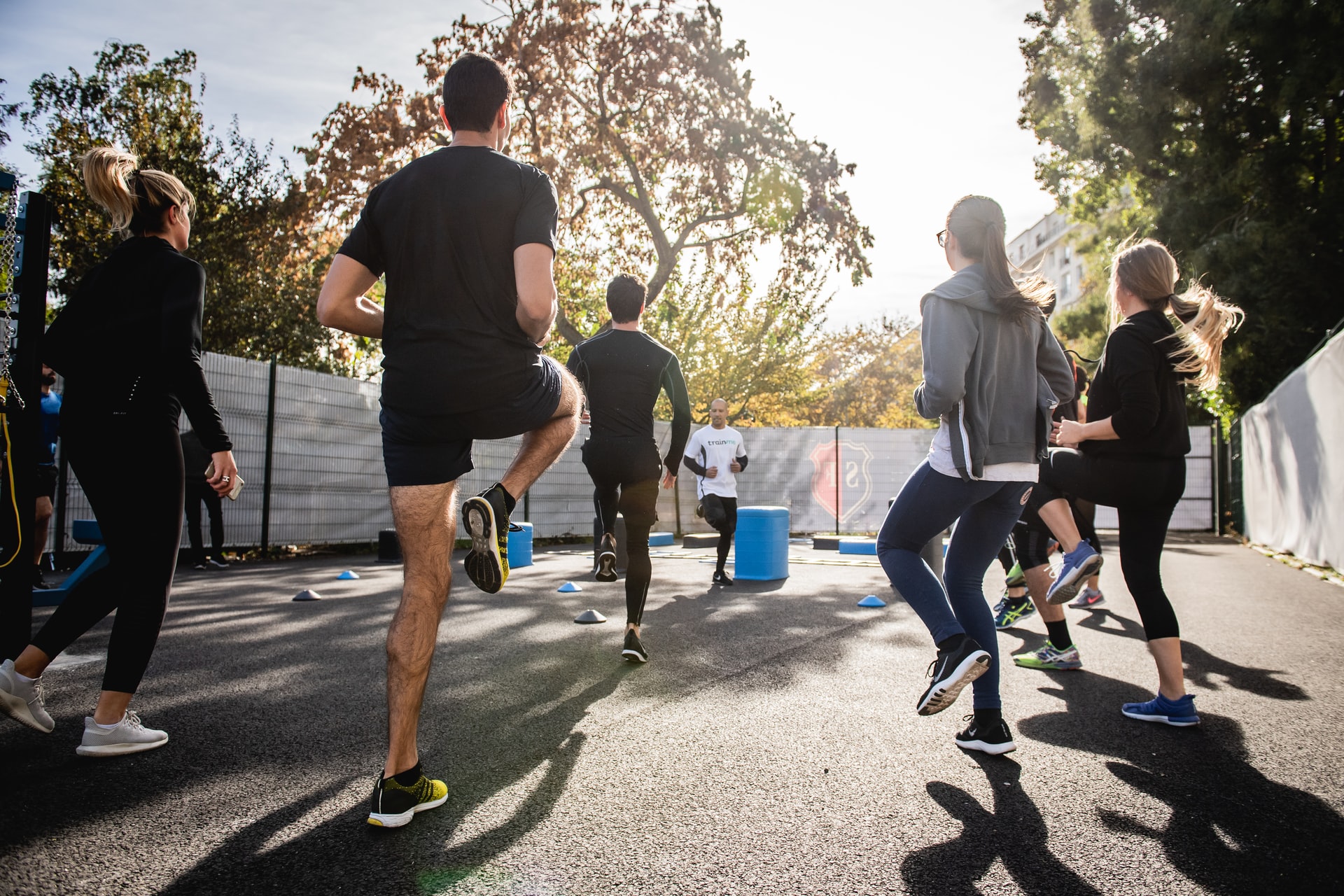A strong and healthy heart is key to a vibrant and active life, especially as we age. Regular exercise plays a pivotal role in maintaining heart health, improving overall well-being, and reducing the risk of cardiovascular disease. For older adults, incorporating a variety of heart-friendly exercises into your weekly routine can make a significant difference.
Why Exercise Matters for Heart Health
Physical activity strengthens the heart, lowers blood pressure, improves cholesterol levels, and helps control weight. These factors collectively reduce the risk of heart disease and enhance your quality of life. But the benefits extend beyond the physical. Exercise can also alleviate stress and boost mental clarity, which are equally important to your overall health.
For older adults, the right mix of aerobic, strength, and flexibility exercises provides comprehensive support for both heart health and mobility.
1. Aerobic Exercises: The Heart’s Best Friend
Aerobic (or cardio) exercises are some of the most effective ways to keep your heart healthy. These activities increase your heart rate, improve circulation, and pump oxygen-rich blood throughout your body. Cardio workouts have also been shown to decrease the risk for stroke, dementia, and arthritis.
Here are a few excellent aerobic exercise options:
Aerobic Activities:
- Brisk Walking: A simple and effective way to strengthen your heart and improve cardiovascular endurance; aim for 30 minutes a day on most days of the week.
- Swimming: Ideal for people with joint pain, swimming provides a full-body workout that’s easy on the joints and improves heart health.
- Cycling (outdoors or stationary): Helps strengthen the heart while improving leg strength and balance.
- Dancing: Not only fun and social, but it also keeps your heart rate elevated and improves coordination.
The American Heart Association recommends 150–300 minutes of moderate-intensity aerobic exercise per week. Break it into manageable, shorter sessions to fit your lifestyle.
2. Strength Training: Building a Strong Foundation
Strength training is just as beneficial to your heart health as it is for your muscle strength. By maintaining muscle mass and improving metabolism, strength exercises support cardiovascular health and help manage body weight. These exercises also enhance balance and reduce the risk of falling, and will help maintain your mobility as you age.
Strength Training Exercises:
- Bodyweight Exercises like squats, push-ups (or wall push-ups), and arm lifts.
- Resistance Bands to target all major muscle groups in a low-impact way.
- Free Weights or Machines found in many gyms and wellness centers.
For best results, include strength training sessions two or more days a week. Start with light weights or bodyweight exercises and gradually increase as your strength improves.
3. Flexibility and Balance Exercises: Staying Steady and Safe
Flexibility and balance exercises complement aerobic and strength workouts by improving your range of motion, preventing stiffness, and reducing the risk of falls. For older adults, these exercises become increasingly crucial for maintaining independence.
Flexibility and Balance Activities:
- Yoga: Enhances flexibility, reduces stress, and supports heart health through controlled breathing and gentle movement.
- Tai Chi: Known as “meditation in motion,” this ancient practice focuses on slow, deliberate movements that improve balance and stability.
- Simple Stretching: Incorporate stretches for all major muscle groups at the end of your workout or in the evening.
These activities can be done daily, even as part of your warm-up or cool-down routine.
4. Low-Impact Exercise Options
For those with joint pain, limited mobility, or other health concerns, low-impact exercises offer an excellent way to stay active without straining the body. These exercises are gentle on the joints but still effective at improving your heart health.
Low-Impact Options:
- Water Aerobics: Reduces joint stress while providing a full-body cardio workout.
- Hiking (on even terrain): Combines cardiovascular benefits with the mental boost of being in nature.
- Pushing a Lawn Mower or gardening activities for functional movement.
The Importance of Consulting Your Doctor
Before beginning any new exercise routine, it’s essential to consult your doctor, especially if you have been sedentary, have a pre-existing condition, or are recovering from an illness. Your physician can help you understand what activities are safe based on your health profile and guide you on how to ease into regular exercise.
Tips to Get Started and Stay Motivated
Starting a new exercise routine can feel overwhelming at first, but these tips can help set you up for success:
- Set Realistic Goals: Begin with 10–15 minutes a day and gradually increase as you gain confidence and endurance.
- Find Activities You Enjoy: Whether it’s dancing, swimming, or walking in your neighborhood, choose exercises that make you happy.
- Recruit a Workout Buddy: Exercising with a friend or group encourages accountability and adds a fun social element.
- Track Your Progress: Use a pedometer, fitness tracker, or journal to celebrate your milestones and stay motivated.
Your heart is one of the most vital organs in your body, and taking care of it should remain a top priority. Whether it’s through brisk walks, yoga poses, or water aerobics, incorporating regular exercise into your life can significantly boost your heart health and overall quality of life.


